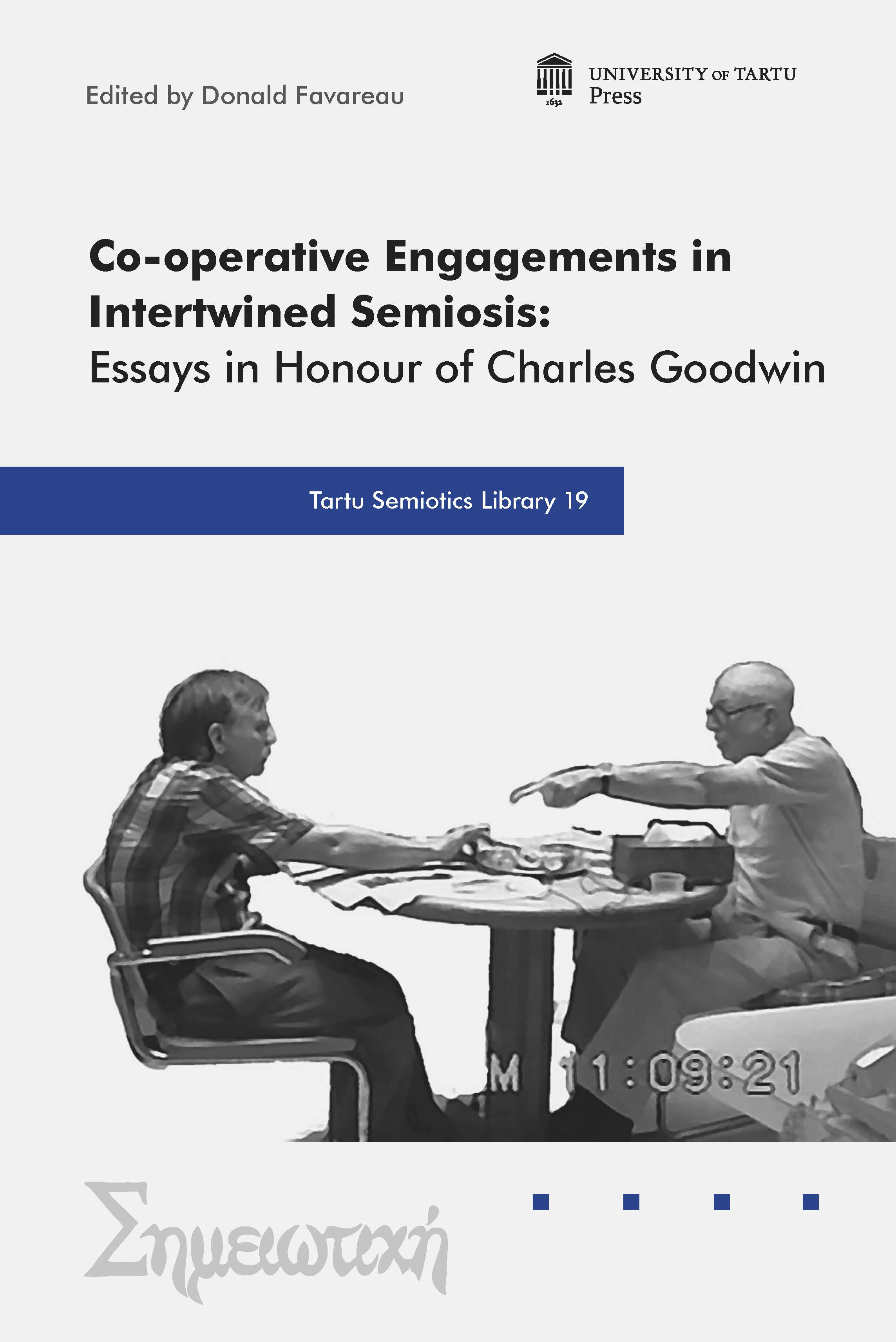How Hand Movements Gain Meaning in Embodied Interaction – An Example from Adult-Child Interaction
How Hand Movements Gain Meaning in Embodied Interaction – An Example from Adult-Child Interaction
Author(s): Friederike KernSubject(s): Semiotics / Semiology, Semiology, Methodology and research technology
Published by: Tartu Ülikooli Kirjastus
Keywords: Charles Goodwin; Hand Movements; Adult-child interaction;
Summary/Abstract: Charles and Marjorie Goodwin’s work has accompanied my own research for a long time. In winter 2016, when I was a regular visitor at their lab at UCLA, I gained new, and much deeper insight into their ideas and concepts about embodied human interaction. During this time, I shared vivid discussions about all sorts of data (cooking instructions, children’s story-telling with toys in nurseries, pottery classes, student geologist’s fieldwork, to name just four). While these data are quite diverse in many aspects, they share a common feature in that they are all interactive learning situations of a particular kind, and that language, body and artifacts play a vital role for interactional meaning-building. As I have spent the last few years looking at many classroom or teaching interactions, trying to understand what it is that children actually learn in theses settings (which might be very different from what teacher expect them to learn), the lab was the most stimulating social and intellectual environment for me, and I am very glad that I could participate.
Journal: Tartu Semiotics Library
- Issue Year: 2018
- Issue No: 19
- Page Range: 199-204
- Page Count: 6
- Language: English
- Content File-PDF

